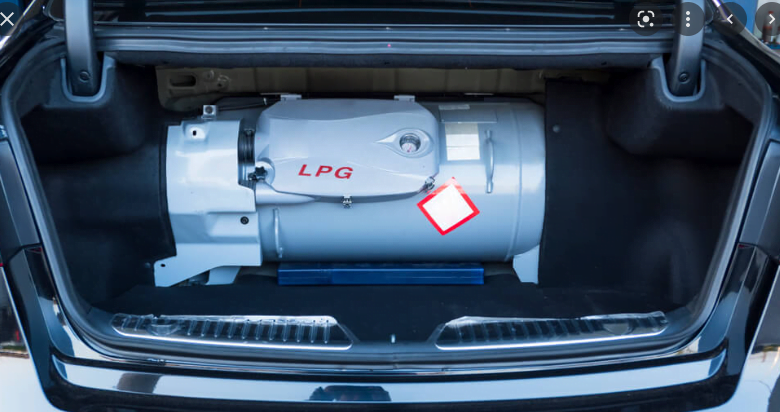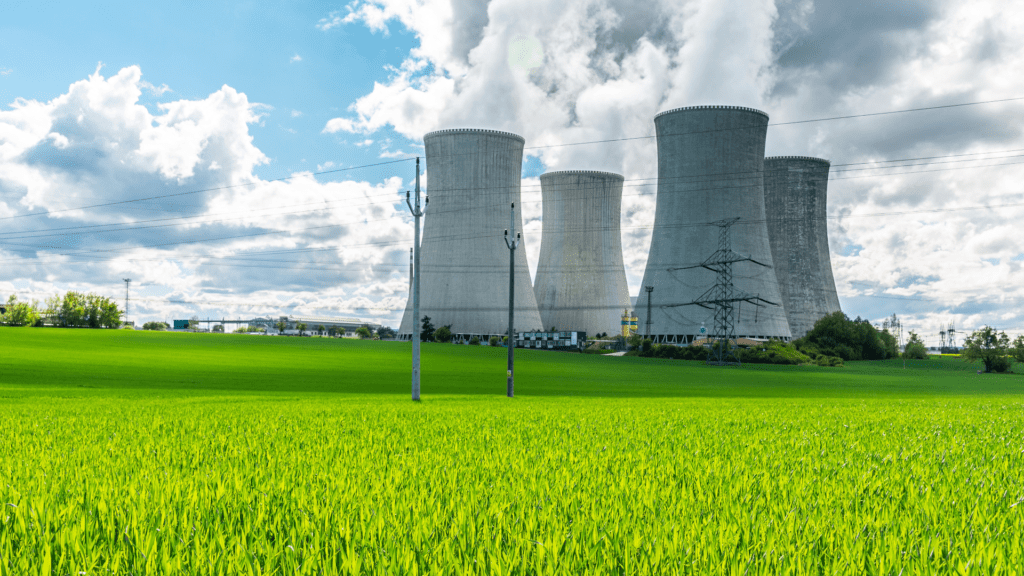A future ensured by biogas recovery plants
Today I thought we might talk about how we might just be able to solve Australia’s Methane Gas Supply and Base-Load Power Issues through Biogas Recovery Systems.
That is of course, if head down this path in the biggest possible way!
Australia, like many countries, faces challenges in meeting its methane gas supply demands and ensuring reliable base-load power to the grid.
However, there is a potential solution that could address these issues while also promoting sustainable practices and reducing environmental impact.
Biogas Recovery Systems.
By harnessing the power of wastewater and sewage treatment by-products through biogas recovery systems using anaerobic digesters, Australia could unlock a significant source of methane gas.
The concept is simple yet powerful. If all 537 councils in Australia were to implement biogas recovery systems, it could revolutionize the country’s energy landscape. While it might not be practical to create biogas plants at every council, focusing on the most heavily populated areas could still yield substantial results.
Approximately 250 biogas recovery plants strategically located in suitable council areas could potentially produce as much as 830 Petajoules (PJ) of biogas annually.
Understanding energy calculations.
Before we delve into the significance of 830 Petajoules of gas, let’s first understand what a joule is. A joule is a unit of energy.
One Petajoule (PJ) is equivalent to 1,000,000,000,000,000 joules. Yes, that’s a one followed by fifteen zeros.
To put that into perspective, all combined Australian Oil & Gas operations current produce about 5,000 Petajoules of gas per year. The Australian Manufacturing industries use up about 400 Petajoules of that gas supply.
A Joule is actually the standard unit of energy in scientific applications. It’s the equivalent of one watt of power radiated or dissipated for one second.
To give you a sense of scale, 1 (one) Petajoule is equivalent to 278 million kilowatt hours of electricity.
278 million kilowatt hours is equivalent to 0.278 terawatt hours.
To convert terawatt hours (TWh) to petajoules (PJ), we can use the conversion factor that 1 TWh is approximately equal to 3.6 PJ1.
For the 2021/22 financial year, NSW consumed 75.5 terawatt hours of electricity. This could be converted to 272 PJ of gas (75.5 TWh × 3.6 PJ/TWh = 272 PJ)
For that same period, the entirety of Australia consumed 265.5 terawatt hours of Electricity.
265.5 terawatt hours of electricity converts to 955.8 PJ of methane gas.
What’s interesting about that number is that it’s only 125.8 PJ more than what we might be able to produce via Biogas converting our poop and other organic waste into electricity.
Sure, all of these calculations are a little rough but it does hopefully open up our minds to how much more we could be doing with the poop from our 26 Million Australians located across 537 council areas.
Are we heading in the right direction?
The use of wastewater and sewerage treatment by-products for biogas recovery is gaining traction in Australia but nowhere near enough for my mind. The amount of methane gas produced at a biogas plant will vary depending on the size and efficiency of the treatment plant.
Biogas Plants could be used to supply the electricity grid.
The methane gas produced at a Biogas plant doesn’t have be restricted to feeding the gas pipeline networks either. There’s no reasons why council areas could not use this methane gas supply to fuel Gas Fired Engine Generators. An example of these units are the gas-fired engine generator that Wartsila manufactures. The 18V50SG12 can produce an electrical output of 18,321 kW (18.3 Megawatt). If you can supply enough gas to keep 2 of these going for 20 hours per day at each of 250 Biogas Plants then 36.6Mw x 250 = 9150 megawatts or 9.15 gigawatts. To put that in perspective, the Bayswater Power station can produce a maximum of 2.65 gigawatts.
Biogas Plants can supply farmers with fertiliser.
In addition, Biogas recovery systems offer additional advantages beyond methane gas production. The process of anaerobic digestion not only generates biogas but also produces valuable by-products such as nutrient-rich fertilizers.
These fertilizers can be utilized in agricultural practices, promoting soil health and reducing the need for synthetic fertilizers.
Biogas Plant reduce the amount of overall sewage sludge requiring disposal.
The anaerobic digestion process also significantly reduces the volume of sewage sludge, minimizing the environmental impact of waste disposal.
To make this work all of Australia needs to work together.
Implementing biogas recovery systems on a large scale would require collaborative efforts between government bodies, councils, and industry stakeholders. Adequate funding, supportive policies, and the establishment of suitable infrastructure would be crucial for the successful implementation of such a plan.
However, the long-term benefits far outweigh the initial investment. In addition to addressing methane gas supply and base-load power issues, biogas recovery systems would contribute to Australia’s renewable energy goals and help the country transition towards a low-carbon future.
The good news with is too is that our population will continue to grow. The more people, the more poop (organic waste) we’ve got to convert.
Utilising organic waste to produce clean energy aligns with global efforts to mitigate climate change and reduce greenhouse gas emissions.
Australia has a unique opportunity to tap into the vast potential of biogas recovery systems. By capitalizing on the by-products of wastewater and sewage treatment, the country can secure its energy future while promoting sustainable practices and reducing environmental impact.
The path to achieving this vision lies in collaboration, innovation, and a shared commitment to a greener, more resilient Australia.
In conclusion.
The implementation of biogas recovery systems using anaerobic digesters presents a viable solution to Australia’s methane gas supply and base-load power challenges.
By focusing on the most heavily populated council areas, approximately 250 strategically located biogas plants could produce as much as 830 Petajoules of biogas annually, which would convert to 86.8% of our power needs.
This significant energy potential, coupled with the additional benefits of nutrient-rich fertilizers and waste reduction, makes biogas recovery systems a compelling avenue for Australia’s sustainable energy future.













[…] Future Biogas Recovery Plants […]